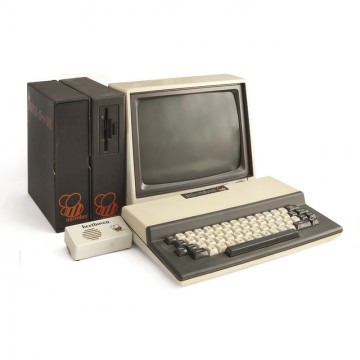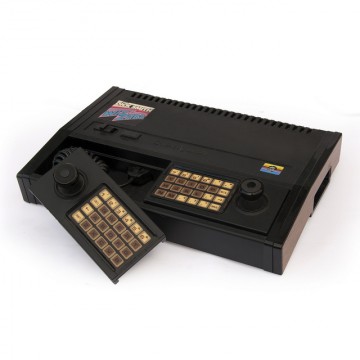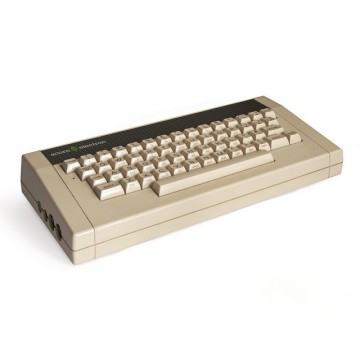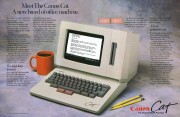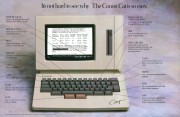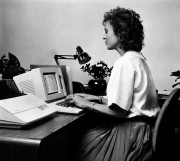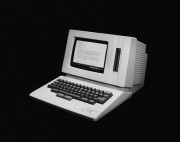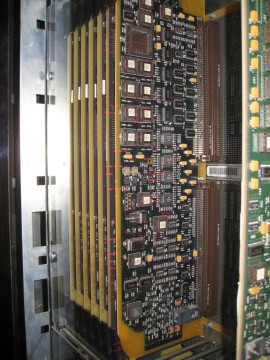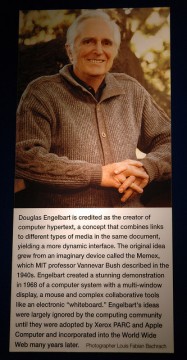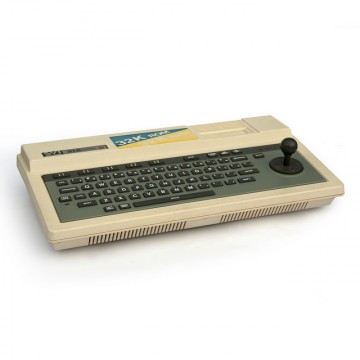
The first computer we owned was a Spectravideo 328. My father picked it, having argued - correctly, as I recall - that it was a better computer that the Commodore 64. The 318 had less memory, a crappy keyboard, and the built in joystick. I've seen other versions with a red joystick, so I'm not sure why the difference in appearance here - perhaps this was a later, more sedate, model?
Bild: Easterbilby

